The silent canvas: Looking at cases of censorship in art history
The world's first museum dedicated exclusively to forbidden artworks recently opened in Barcelona
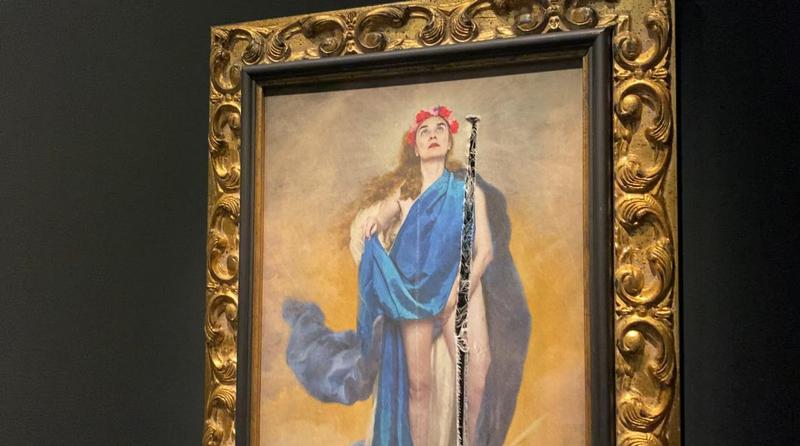
Nestled in the vibrant heart of Barcelona's Eixample district, the Museum of Forbidden Art recently opened its doors. Located in the modernist jewel of Casa Garriga Nogués, the museum offers 2,000 square meters of artworks that provide a glimpse of censorship throughout the history of art.
Religion, sex, race, and politics are among the most controversial topics. But censorship doesn't just happen when museums refuse to display a work; it goes far beyond that.
In many cases, artists choose to censor themselves out of fear of reprisal or because of deeply held beliefs. Some works have even been attacked by the public.
Join us on a journey through selected works from the Museum of Forbidden Art - an exhibition where paintings go beyond mere strokes on canvas: they unfold stories of controversy, defiance, and the boundary-pushing spirit of artistic expression.
Works removed from exhibitions
Art censorship can take many forms: the most common being the removal from exhibitions. Not Dressed for Conquering, by Inés Doujak, depicts Spain's former king Juan Carlos the First being sodomized by Bolivian activist Domitila Barrios and criticizes Spanish colonialism in South America. It was removed from the Museum of Contemporary Art of Barcelona in 2015.
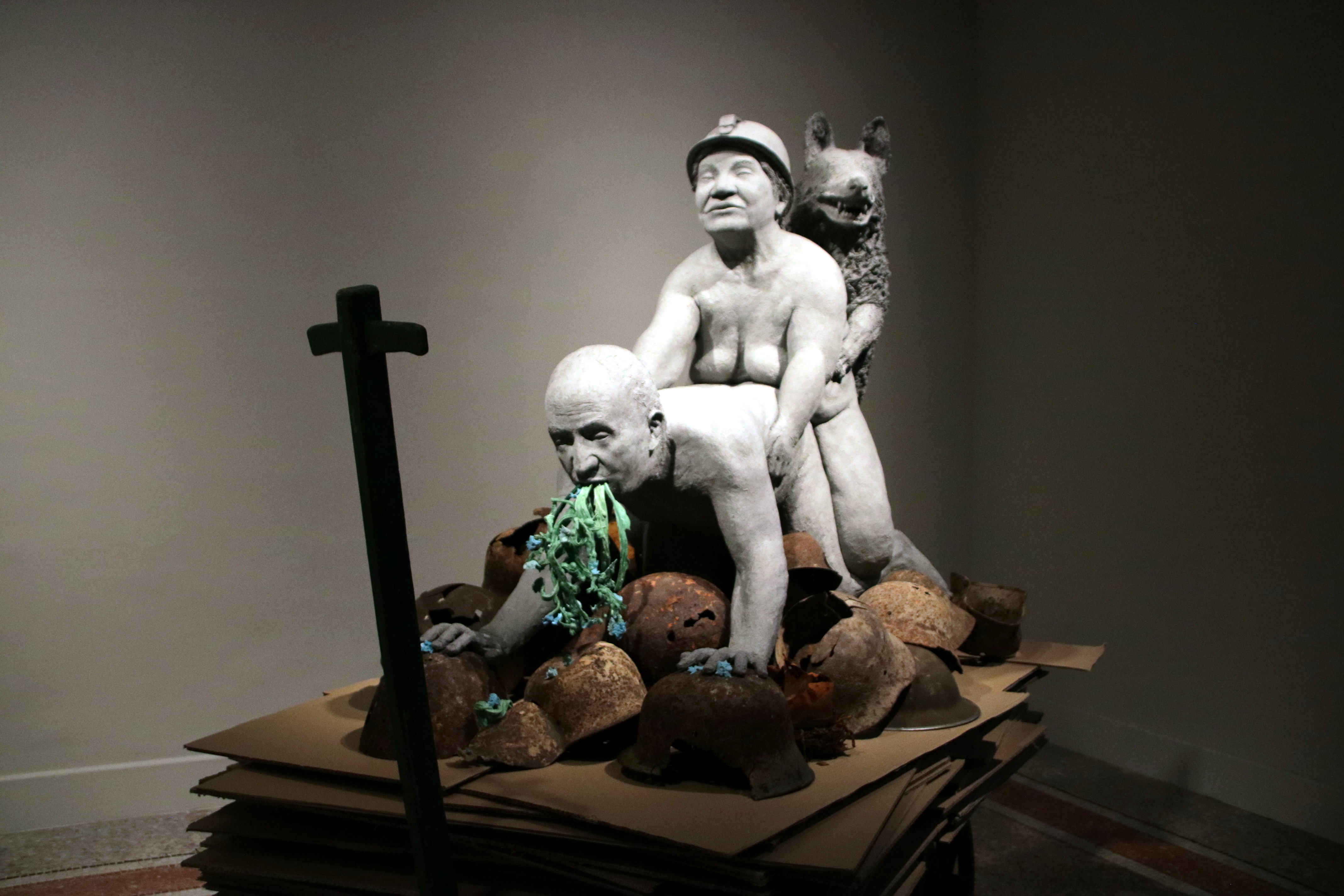
The artpiece Always Franco, by Spanish artist Eugenio Merino, shows the dictator in a freezer. In 2012, the Francisco Franco Foundation demanded its removal when it was exhibited at Arcos Art Fair.
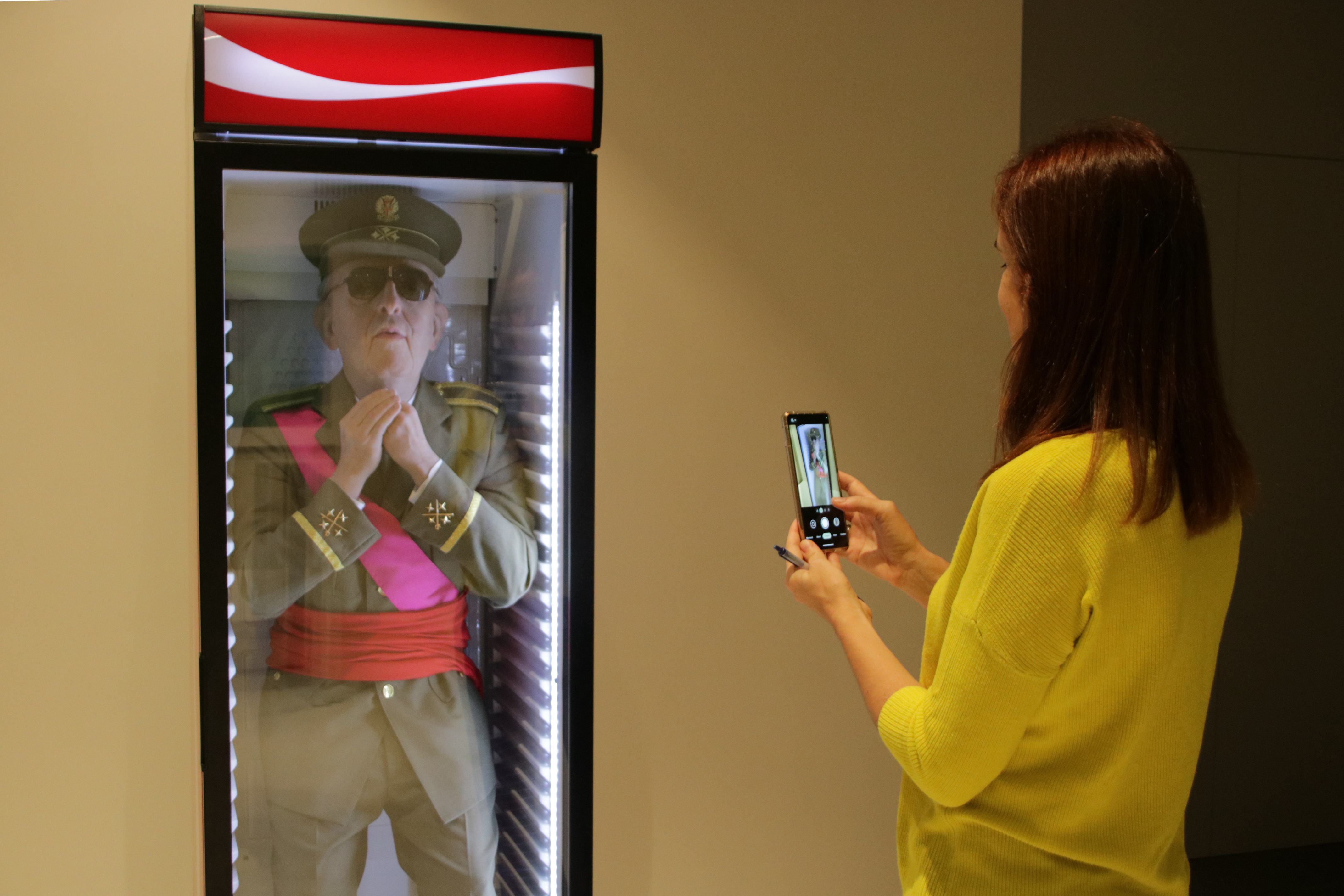
David Cerny's Shark depicts Saddam Hussein tied up in a glass tank. In 2006 it was exhibited in Belgium but it was removed for fear of offending the Muslim community.

Unspoken boundaries: Artists and self-censorship
The oldest piece of the Museum of Forbidden Art is Los Caprichos by Spanish painter Francisco de Goya. It was taken out of the market by Goya himself, who self-censored his work for fear of being reprised by the Spanish Inquisition in the late 18th century. The title is also important: caprichos, whims or cravings in English, is seen as something positive, to hide the true meaning of the art piece.
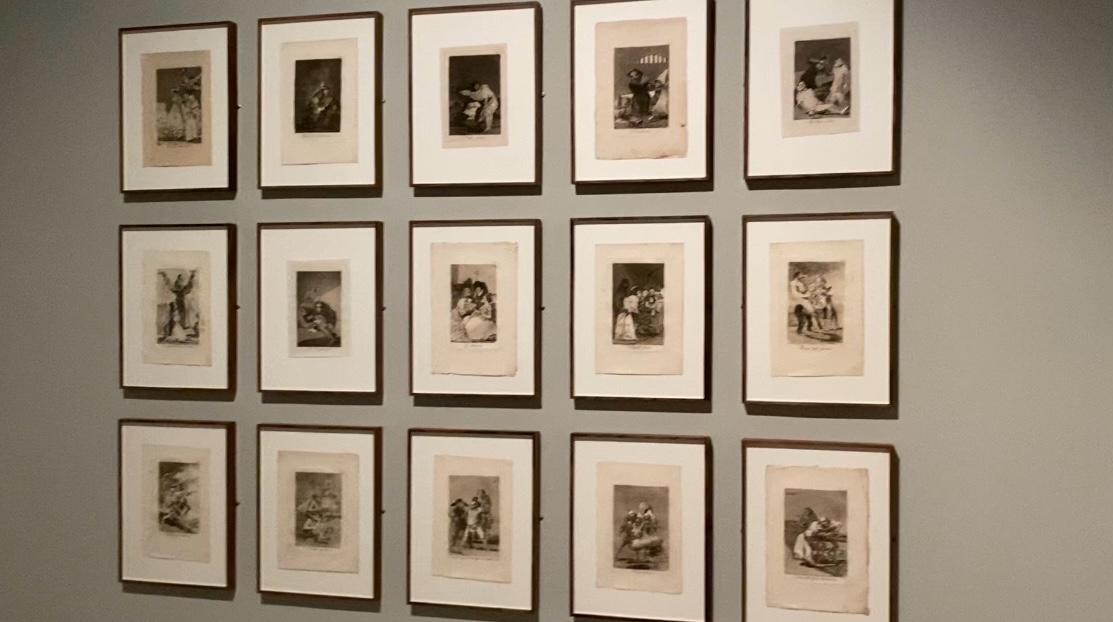
Another example of self-censorship is an installation by Zoulikha Bouabdellah featuring 30 Muslim prayer rugs, each adorned with shiny high heels. She wanted to make a statement about the status of women in Algeria, but decided not to exhibit it after the Charlie Hebdo terrorist attack in 2015.
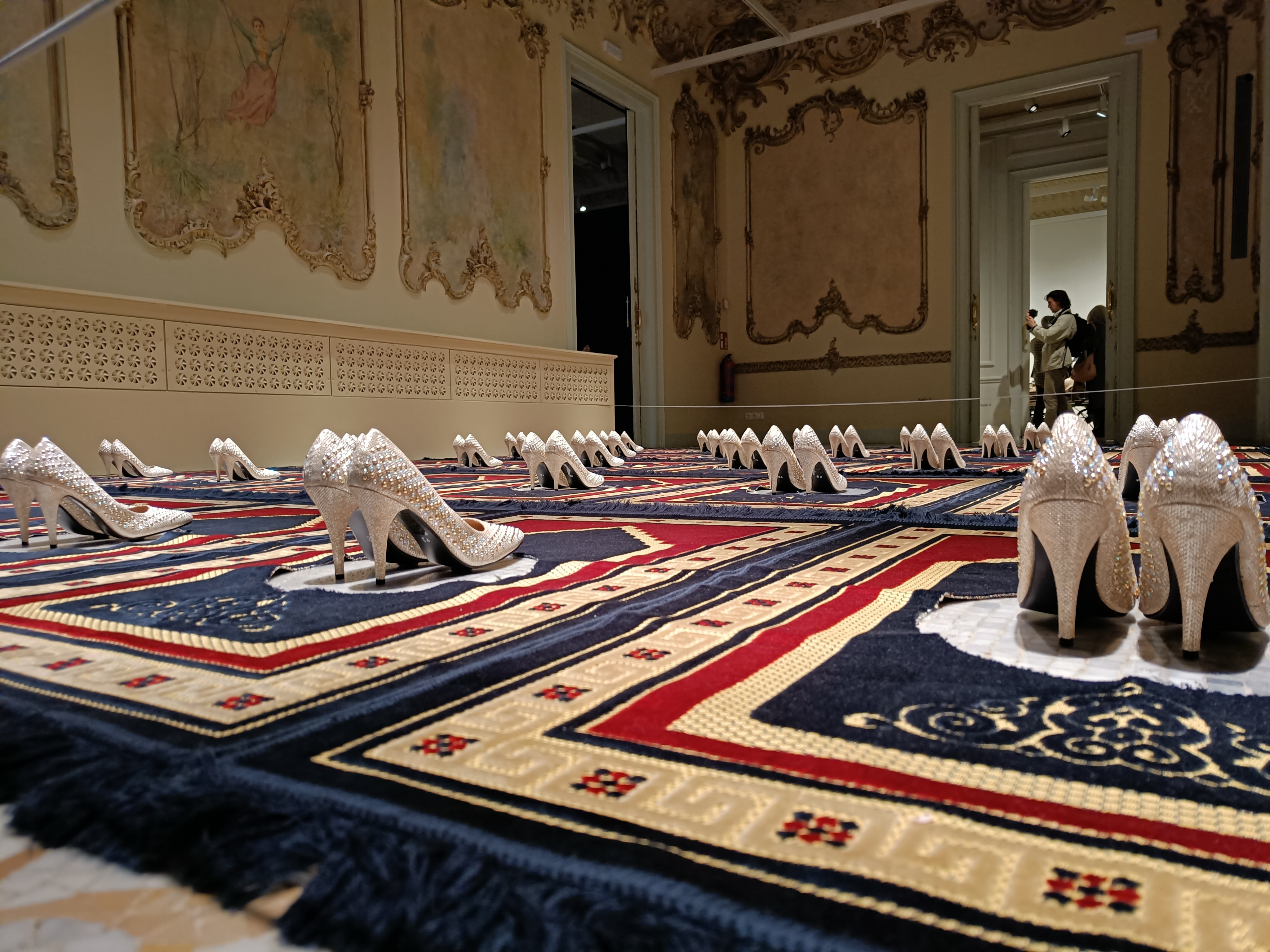
Censorship takes a violent turn
The artwork "Con flores a María," by artist Charo Corrales, was attacked with a knife by a visitor in 2019 while it was on display at the Córdoba Diputation. The work, which depicts the artist herself in the pose of a semi-nude Virgin with a hand in her groin, was found with a large slash that covered almost the entire canvas. The People's Party, Ciudadanos, and the far-right Vox had already criticized the display of the work and openly called for its removal from the exhibition.
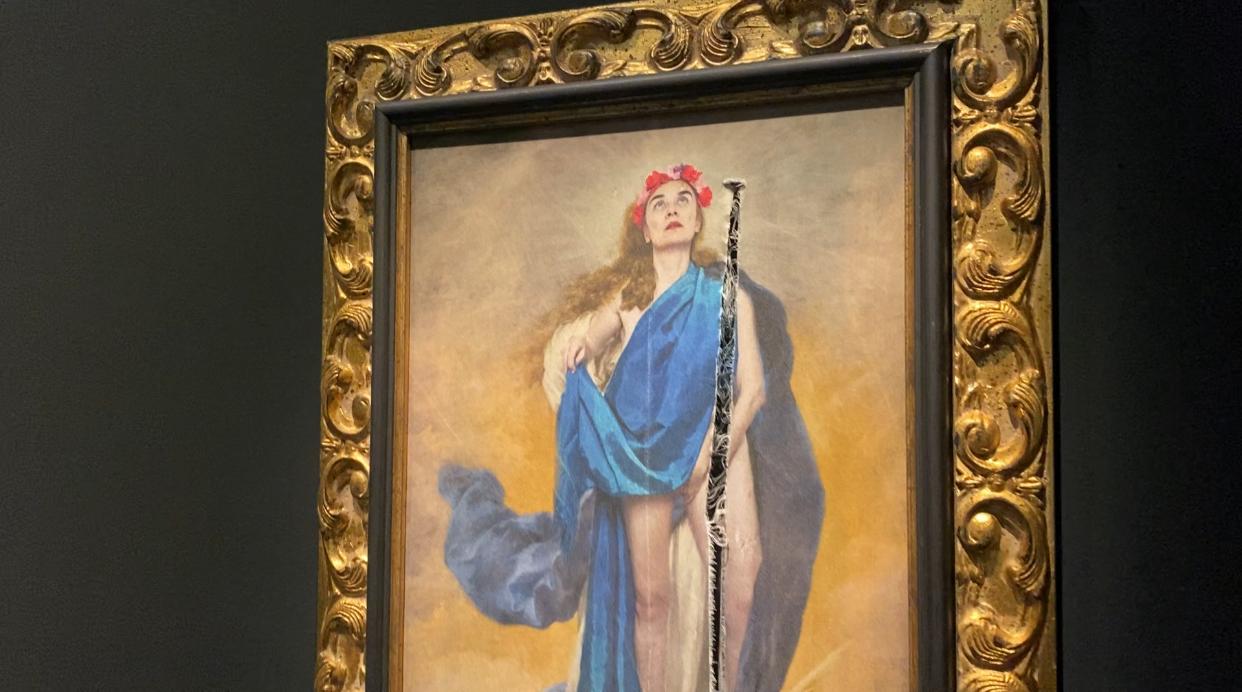
To learn more about censorship in art history and Barcelona's new Museum of Forbidden Art, listen to the latest episode of our podcast Filling the Sink.